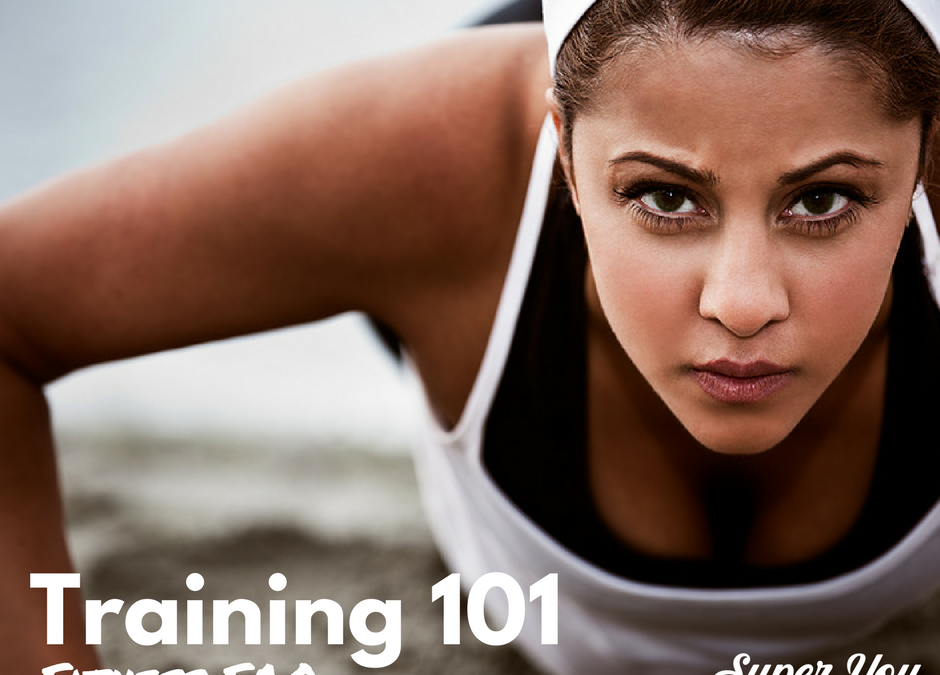The human body is an amazing thing – it can adapt to the demands we place on it with remarkable speed, but not quite as fast as some people might think. This time of year I am so inspired by the volume of people who take up running and other sport. But it also breaks my kinesiologist heart as I see people breaking some of the cardinal rules of specificity, progressive overload, rest and progression. Because ignoring these rules (either naively or not) often results in unnecessary injuries. And injuries suck, so read on so you can avoid them.
For this #fitnessFAQ I thought I’d share the basics. I’m going to geek out on the exercise science a bit, so bear with me.
First, a little exercise science lesson (you’ve been warned). Exercise is “catabolic” which means as you work you are breaking down the muscle tissue. This breakdown is what signals the body to build the muscles up, and develop stronger, more resilient muscle fibres.
Ok, now onto those principles:
- Specificity – basically, if you want to be a better runner, you need to run. Swimming? Swim. You get the idea. Lifting weights & being a badass on the elliptical is great – but it won’t translate 100% to running. Running specifically isn’t just about the cardiovascular conditioning, it’s also about training the body (joints, ligaments & tendons) to withstand the high impact demands. So while you might be SUPER fit, that doesn’t mean you can just “pick up” running without some serious injury risk. This is where the next principle comes in.
- Progressive Overload – when you first learned calculus you didn’t start with complex equations. You started with the basics. Because you can’t jump from nothing to complex without complications. The body is no different. The body needs you to gradually increase the work (overload) over time in order to adjust and adapt in stages. Without consideration given to this principle what we end up seeing is injury. Because the body isn’t ready for the level of overload applied.
- Rest – we’ve already discussed how exercise is “catabolic” (aka it breaks down muscle fibres and signals the body to adapt)? Super cool right?! #totally But in order for this to take place, your muscles need rest. That doesn’t mean you need to lay like jellyfish. It means you need to have a a methodology to your program. There needs to be 24-48 hours between exercise sessions of the same type to allow for adaptation (aka for the muscles to respond to the exercise). That could mean that you alternate days with more of a cardiovascular focus with days that are more strength focused. Or that you cross train running with swimming or cycling. Within rest it’s also important to consider the idea of micro & macro schedules (think your week to your month). Within the week, rest needs to be accounted for, but it also needs attention on a bigger scale within the 3-6 month PLUS picture. We can’t continue to progressively overload our body indefinitely. We all need periods of rest & recovery built into our life and our exercise programs. This is where a concept called periodization comes in. This involves looking at the “bigger picture” of your training regimen to account for a peak event (or events) as well as rest & recovery.
- Progression – this is where it really all comes together. Which is to say you need to consider where you’re starting and where you want to go when developing a good exercise or training program. There are so many factors to consider when developing a program: starting place, capabilities, specificity and rest to name a few. Then of course any pre-existing weaknesses & imbalances should also be considered.
Whether you’re training for your first 10k, a Tough Mudder, your first triathlon or life a good program will incorporate all of these principles and enable you to not only feel your best and get great results but do so without getting over trained or injured!
Feeling overwhelmed? I’d love to help you! Email me and ask about Private Coaching.
